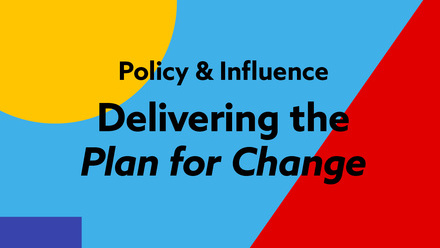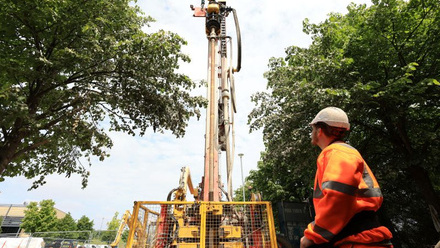Engineering construction sector could see UK renewables workforce reach 42,000 by 2030
The Engineering Construction Industry Training Board (ECITB) labour forecasting tool includes publicly stated timescales on 3,000 active and future projects.

The ECITB's tool also has updates from its 2024 Workforce Census.
The tool predicts the biggest increase in demand for workers across the engineering construction industry (ECI) in the next five years will be in carbon capture and hydrogen.
With both sectors at nascent stages, the census indicates the start of construction is likely to create further workforce growth. However, this is subject to final investment decisions, as such delays in 2024 averaged seven to nine months.
The tool forecasts that the size of the ECI workforce could reach 135,000 in five years time, an increase of 19%.
The ECITB's forecast estimates by 2030:
- The offshore wind workforce could grow to more than 28,000, a 48% increase.
- Carbon capture and storage workforce within the ECI could increase 144% to more than 3,750.
- The hydrogen workforce could grow to more than 4,500, an increase of 195%.
- The combined workforce across other renewable sectors, including onshore wind, solar, biomass, energy from waste and biofuels, is predicted to grow by 20% to total more than 5,800.
- The most in-demand roles in those sectors will include design engineers, project managers, project controllers, commissioning technicians, general operatives, electrical technicians, platers, pipefitters and mechanical fitters.
The labour forecasting tool (LFT) previously stated industry demand would peak in 2028, but this has shifted to 2030 because of delays coinciding with planned activity, as well as a potential wave of retirements.
'The updates to the LFT reinforce the scale of the challenges facing the industry that were outlined in our Workforce Census Report, which revealed that 81% of renewables employers in the ECI are experiencing challenges hiring workers,' says ECITB Chief Executive Andrew Hockey.
'By investing in the workforce, the industry has a fighting chance of closing the skills gap and ensuring it has the skilled workforce it needs both for now and the future.'










